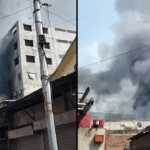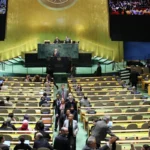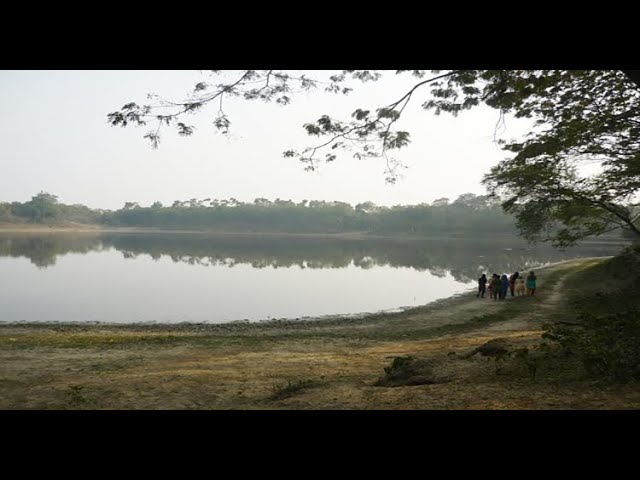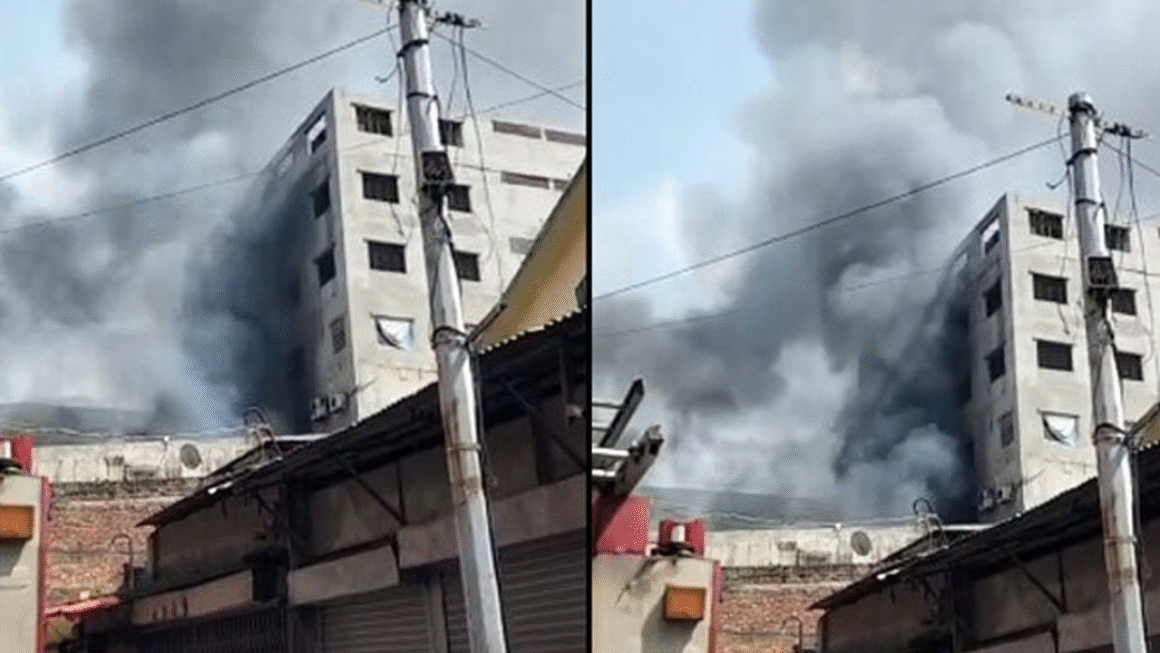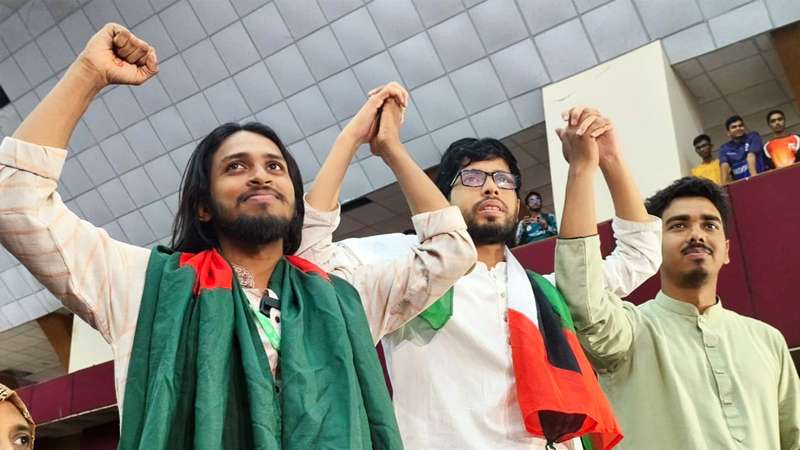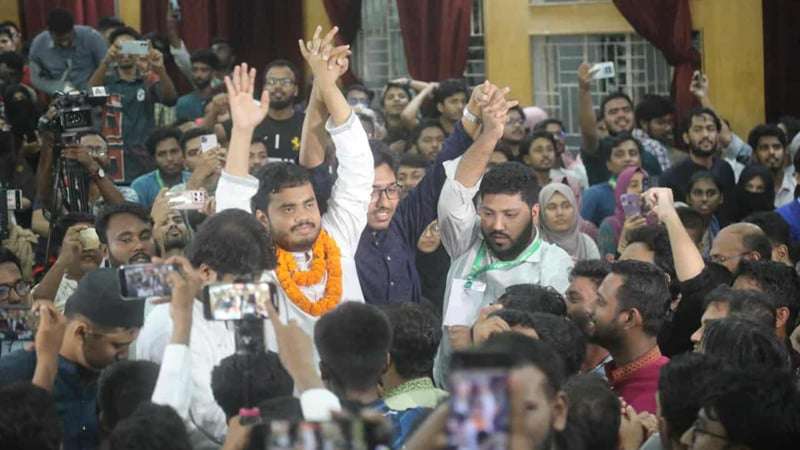Dholsomudro Dighi and Purakirti in Gazipur: A Timeless Tale of Heritage and History-
Gazipur, known for its lush greenery and historical richness, hides within its terrain many untold stories from Bengal’s glorious past. Among its prized archaeological assets is the Dholsomudro Dighi and Purakirti in Gazipur, a site that echoes the whispers of a bygone era.
Whether you are a heritage enthusiast, a history lover, or an avid traveler seeking serenity and storytelling, Dholsomudro offers a perfect combination of cultural depth and natural beauty. In this blog, we take you on a detailed journey through the history, legends, architectural marvels, and travel tips related to this fascinating site.
Historical Background of Dholsomudro Dighi and Purakirti-
The Dholsomudro Dighi is believed to be an ancient water reservoir dug during the early medieval period, possibly under the rule of local Hindu or Buddhist rulers. Surrounded by remnants of old brick structures and temple ruins, this site is often referred to as Dholsomudro Purakirti (archaeological remains of Dholsomudro).
The dighi (or pond) not only served as a water source but was also a part of a larger settlement or religious site. Historical references point to the presence of ancient temples, residential complexes, and possibly even a small fort.
Archaeological studies and local narratives suggest that the area once thrived as a cultural and spiritual center. Over centuries, time, climate, and human neglect have faded much of its grandeur, but the site still holds immense archaeological value.
Myth and Legend Surrounding Dholsomudro-
Local legend attributes the digging of the Dholsomudro Dighi to a mythical king named Dhol, who supposedly ordered the construction of the massive pond overnight to serve his subjects and gods. It is said that the name ‘Dholsomudro’ comes from the combination of the king’s name and the vastness of the waterbody, akin to a sea (“samudro”).
Another version of the tale speaks of a princess who bathed in the Dighi, and the water was said to have healing properties. Many locals even believe that treasures lie buried beneath the ruins, protected by divine curses – giving the site an aura of mystery.
Architectural Significance of the Purakirti-
Though partially ruined, the Dholsomudro Purakirti in Gazipur still showcases elements of classical Bengal temple architecture. Some notable features include:
- Brick-built temple bases: These reflect the traditional pre-Islamic architectural style.
- Terracotta remnants: Though most have eroded, some pieces still display artistic motifs.
- Pillared platforms and boundary walls: These structures hint at a once-thriving religious complex or monastery.
Archaeologists believe that with proper excavation, the site may reveal inscriptions, relics, or sculptures that can offer more insights into its timeline and influence.
Why You Should Visit Dholsomudro Dighi and Purakirti-
- A Blend of Nature and History: The calm waters of the Dighi paired with the green surroundings make for a peaceful setting.
- Educational Value: The site is ideal for students and researchers interested in ancient Bengali civilization.
- Photographic Opportunities: The contrast of ruins against nature offers a perfect frame for photography lovers.
- Mystical Atmosphere: The stories, myths, and half-buried structures give the site a surreal vibe.
How to Get to Dholsomudro Dighi and Purakirti in Gazipur-
Location:
Dholsomudro Dighi and its associated archaeological site are located in Kapasia Upazila of Gazipur District, not far from Dhaka.
Travel Routes:
- By Car: From Dhaka, the journey takes about 2-2.5 hours depending on traffic.
- By Bus: Several buses from Mohakhali Bus Terminal go toward Kapasia.
- Local Transport: From Kapasia town, local rickshaws or CNGs can be hired to reach the site.
Best Time to Visit:
Winter (November to February) is the most pleasant time to explore outdoor heritage spots in Bangladesh.
Nearby Attractions-
While visiting Dholsomudro Dighi and Purakirti, you might also explore these nearby attractions:
- Bhawal Rajbari
- Kopalesshor Temple
- Bhawal National Park
- Tongi Bridge and Historical Trade Routes
These places collectively make Gazipur a wonderful historical day tour destination.
Preservation and Awareness-
Despite its historical importance, Dholsomudro Dighi and Purakirti in Gazipur remain under-documented and under-protected. The lack of government-led excavation or signage makes it harder for the public to understand the site’s true value.
There is an urgent need for:
- Proper Archaeological Excavation
- Tourism Promotion by Local Authorities
- Educational Outreach
- Community Involvement in Conservation
Local schools and heritage groups could play a vital role in spreading awareness and protecting the site for future generations.
Tips for Travelers-
- Carry Water and Snacks – There aren’t many shops nearby.
- Wear Comfortable Shoes – Some walking through grassy and uneven terrain may be required.
- Ask Locals for Stories – The residents often share tales that aren’t found in books.
- Respect the Site – Avoid littering or disturbing the ruins.
Dholsomudro Dighi in Literature and Culture-
Some Bengali writers have mentioned Dholsomudro Dighi in folklore-inspired short stories, symbolizing it as a place of lost love, ancient power, and mystery. The spiritual connection the locals feel with the site continues to fuel cultural events and storytelling traditions in nearby villages.
Conclusion-
The Dholsomudro Dighi and Purakirti in Gazipur is not just a pond or a ruin—it’s a gateway into Bangladesh’s lesser-known but rich cultural past. With a blend of myth, architecture, and natural beauty, this site deserves more attention from both tourists and the government.
FAQs about Dholsomudro Dighi and Purakirti in Gazipur-
1. What is the significance of Dholsomudro Dighi in Gazipur?
Answer: Dholsomudro Dighi is a historically significant waterbody that, along with the surrounding archaeological ruins (Purakirti), represents the cultural and religious heritage of ancient Bengal.
2. Who built Dholsomudro Dighi?
Answer: While there is no concrete historical record, legends speak of a mythical King Dhol who ordered the construction of the Dighi for spiritual and community purposes.
3. Can tourists visit Dholsomudro Purakirti?
Answer: Yes, tourists can visit the site, although infrastructure and signage are limited. It’s best to travel with a guide or someone familiar with the area.
4. Are there any guided tours available?
Answer: Currently, there are no formal guided tours, but local guides from Kapasia can help explore the site better.
5. What’s the best time to visit Dholsomudro Dighi?
Answer: The winter months (November–February) offer the most comfortable climate for travel and exploration.

